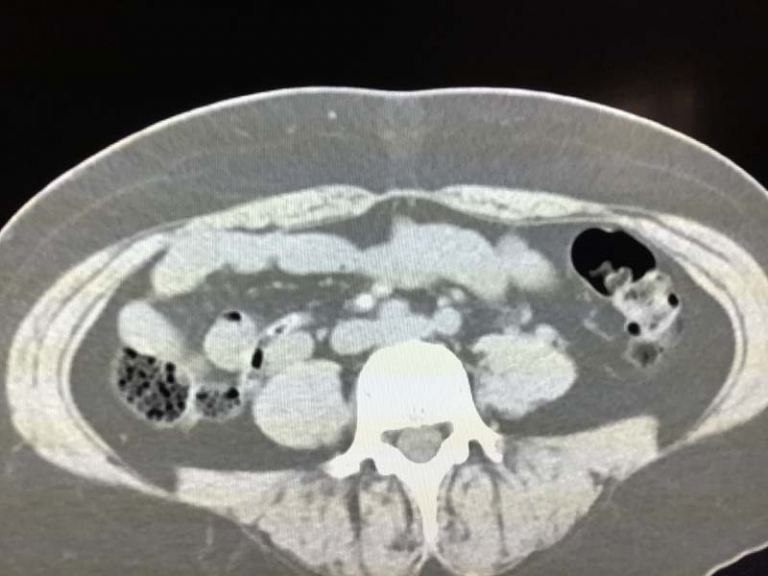Radiology Report Structure
The radiology report is where the results of your medical imaging test are provided. The radiology doctor will describe the findings and provide a diagnosis. Your doctor will use this information to guide further testing or treatment.
What are the components of a radiology report?
Identifiers
The radiology report will often have your unique identifying information like your name, medical record number, your date of birth, etc.
Procedure
The name of the procedure will be listed. For example, this can be a chest X-ray, CT scan or MRI.
Comparison
Any prior relevant exams you have that are used for comparison to the current exam will be listed.
Technique
Often radiologists will describe how the exam was done and whether any contrast was given. This can be number of views for an X-ray to detailed description of MRI sequences and body parts covered. A statement about contrast administration will often be made.
Indication
This describes why the exam was done. This can be for a symptom like chest pain, nausea, pain. A finding on a doctor’s exam or prior imaging test.
Body of the report
The radiologist will often have a section called the body or findings where he will describe everything he sees on your exam. This may include statements about normal structures and organs. This will also include descriptions or any abnormalities. Here the radiologist is describing in detail exactly what he is seeing.
This provides someone who has not seen the images an idea of what exactly is seen on the images. This section can be short if everything looks normal to very long if there are complex findings or prior exams to compare to.
Impression
The next section will be the conclusion or the impression. This is where the radiologist will provide his interpretation of your exam. He will try to make a diagnosis or provide a set of possibilities. If you’re being treated for a condition or have prior exams, then he may state whether anything has changed.
Recommendations and Follow up
In some cases, the radiologist may provide recommendations for further testing. This can occur when something on the imaging test is not clear or can further be clarified with another imaging test. In some cases this may involve a recommendation for biopsy or a consultation with another specialist.
A follow up study in a certain time period may be another recommendation made by the radiologist. This is done for abnormalities which don’t necessarily need to be acted on right now, but may turn out to be something in the future. If something is truly important, it will most likely grow or change in someway.
What is a structured report?
A report organized into sections with headings, subheadings and bullet points instead of free flowing text. For an abdominal CT this may include headings for each of the organs and bowel followed by a statement of normal or description of abnormalities.
Radiology report structure: summary
A radiology report will often be divided into sections as outlined above. The findings will provide a description and overview of all the normal and abnormal findings. The impression will be focused on the interpretation of the exam. This will often provide a conclusion or diagnosis with recommendations for further testing and follow up.

